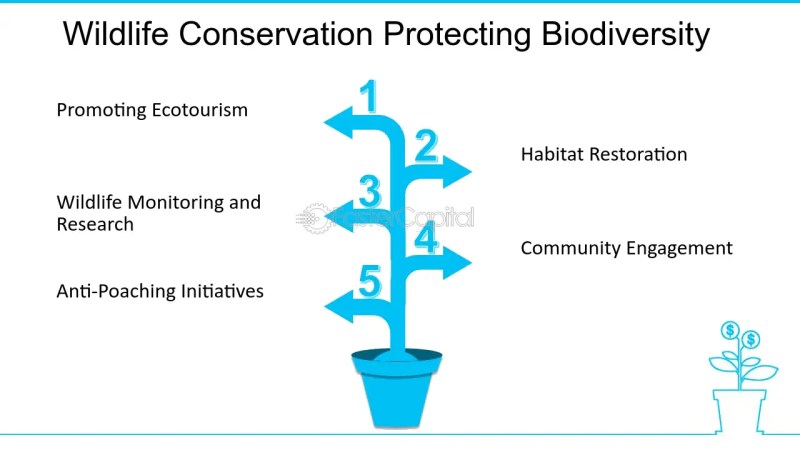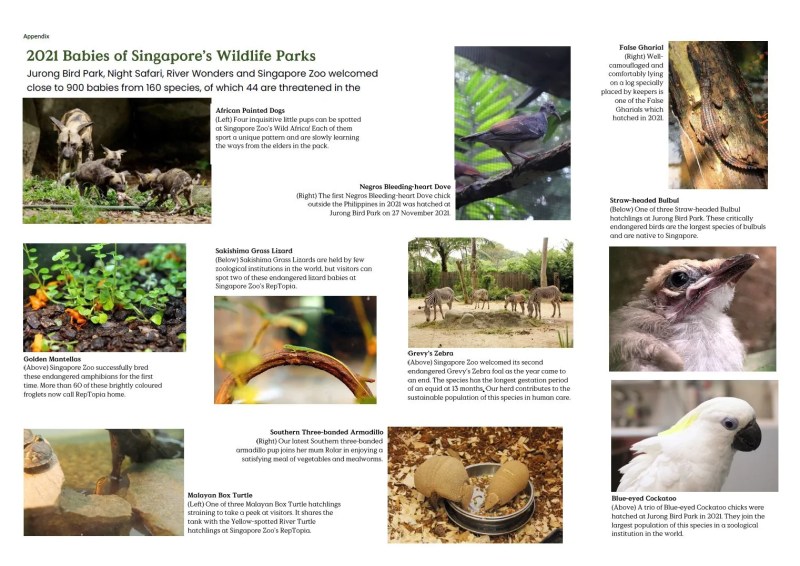Wildlife Conservation Efforts – is well-known for its abundant biodiversity and is home to a wide variety of plants and animals that make major contributions to the natural heritage of the world. However, many species in India are in danger of going extinct due to the growing effects of deforestation, climate change, and human encroachment. We are reminded of our need to save these animals and their habitats on World Environment Day. To protect India’s varied wildlife, this day acts as a call to action for everyone to become involved in wildlife conservation initiatives.
Table of Contents
ToggleIndia’s Legacy of Wildlife Conservation
India has a long tradition of protecting its wildlife, dating back to the early 1900s when Jim Corbett National Park and other protected areas were established. Numerous programs have been started since then to save threatened animals and rebuild their natural environments. India’s distinctive fauna, which includes species that are unique to the planet, has been preserved thanks in large part to these efforts.
Project Tiger: A Milestone in Conservation

Project Tiger was one of India’s most important wildlife conservation initiatives when it was first started in 1973. The disturbing data showing a significant drop in the worldwide tiger population as a result of habitat destruction and hunting prompted this project. The goal of Project Tiger was to establish tiger reserves all throughout the nation, including well-known sites like the Manas in Assam, the Sundarbans in West Bengal, and Ranthambore in Rajasthan. Through stringent management of human activity in these regions and the implementation of anti-poaching measures, the initiative has effectively resulted in a 30% rise in the tiger population over time. Due to Project Tiger’s success, numerous animal conservation initiatives worldwide now follow its lead.
Project Elephant: Preserving the Gentle Giants
In an effort to save India’s wild elephants from poaching and habitat destruction, Project Elephant was started in 1992. This initiative addressed habitat restoration, anti-poaching efforts, and reducing human-elephant conflicts while offering financial and technical support to areas rich in elephant population. To guarantee the protection of the elephants, the operation also included tracking and observing their movements. The conservation of elephants’ natural habitats and the stabilization of the elephant population in India are largely attributable to Project Elephant.
Asiatic Lion Reintroduction Project: A Success Story
The Asiatic Lion Reintroduction Project has given the once-threatened Asiatic Lion a second chance at survival. These lions are exclusive to Gujarat’s Gir Forest, and attempts are being made to create a second population in Madhya Pradesh’s Kuno Wildlife Sanctuary. This initiative, which began in the early 1900s when the Nawab of Junagadh forbade hunting for the first time, attempts to shield lions from illness, natural calamities, and human strife. An important first step in guaranteeing the long-term survival of this iconic species is the reintroduction initiative.
Indian Rhino Vision 2020: Protecting the One-Horned Rhino

The Indian rhinoceros is considered an endangered species because it is frequently hunted for its horn. The goal of the Indian Rhino Vision 2020, which was started by the Assamese government and is supported by non-governmental organizations like WWF, is to increase the number of one-horned rhinoceroses and expand their habitat. The primary goal of this effort is to relocate rhinos to newly created protected areas, such Uttar Pradesh’s Dudhwa National Park and Assam’s Manas National Park and Kaziranga National Park. The rhino population has stabilized thanks in large part to these efforts, which also guarantee the species’ longevity.
Project Cheetah: Reintroducing the Cheetah to India
Project Cheetah was an innovative initiative that brought the cheetah back to India after it had gone extinct there some 70 years prior. The project intends to develop a self-sustaining population of cheetahs in India and is the first large-scale carnivore translocation program in history. Eight cheetahs were introduced from Namibia to Madhya Pradesh’s Kuno National Park in 2022, initiating this massive conservation project. Project Cheetah demonstrates the government’s dedication to animal conservation and is a major step toward reestablishing India’s ecological equilibrium.
Combating Poaching and Illegal Wildlife Trade
For many species in India, poaching and the illicit wildlife trade continue to pose serious concerns. A number of programs have been put into place to address these problems, such as the Forest Watch program, which collaborates closely with law enforcement and the Forest Department to stop poaching and capture wildlife traffickers. In order to control the international trade of endangered species and make sure that it does not harm their existence, the Convention on International Trade in Endangered Species of Wild Fauna and Flora (CITES) is essential.
Ex-Situ and In-Situ Conservation

Ex-situ conservation, in which animals are reared in captivity and subsequently reintroduced into the wild, is another aspect of conservation efforts in India. In these endeavors, zoos, botanical gardens, and animal sanctuaries are essential. On the other hand, the goal of in-situ conservation is to preserve species in their native environments. Many endangered species in India enjoy safe havens in national parks and wildlife sanctuaries, where they can flourish in their native habitat without fear of human interference.
The Role of Technology in Wildlife Conservation
Technological developments have given animal conservationists new tools. Wildlife populations are being tracked, animal movements are being monitored, and poaching activity is being detected through the use of drones, camera traps, and satellite tracking. Because these technologies enable real-time data collecting and analysis, conservation initiatives have become much more successful. Additionally, AI technologies are being used to evaluate enormous databases and forecast possible risks to animals, allowing conservationists to take preventative action.
Community Involvement in Conservation

Local communities must be involved in animal conservation initiatives for them to be successful. In India, a lot of conservation initiatives concentrate on enabling local people to save species and its ecosystems via education. These initiatives make guarantee that the advantages of conservation are distributed, which results in more sustainable outcomes, by incorporating communities in conservation activities. Human-animal conflicts are a prevalent problem in locations where human populations and wildlife habitats overlap. Community-based conservation projects can aid in reducing these conflicts.
Conclusion
India has made great progress in preserving endangered species and rehabilitating their natural habitats because to its wildlife conservation initiatives. It’s critical that we acknowledge the significance of these initiatives on World Environment Day and make a commitment to help the preservation of India’s abundant biodiversity. Everyone may help to ensure that future generations may enjoy India’s natural beauty and variety, whether by contributing to community projects, supporting conservation groups, or just spreading awareness of the value of wildlife protection. The accomplishments of these conservation projects serve as a reminder that, working together, we can protect the planet’s priceless species.
- Wildlife Conservation Initiatives: A Critical Overview - September 4, 2024
- 3 Program Endangered Species Protection - September 4, 2024
- Threatened Wildlife Species in 2024 - September 4, 2024








